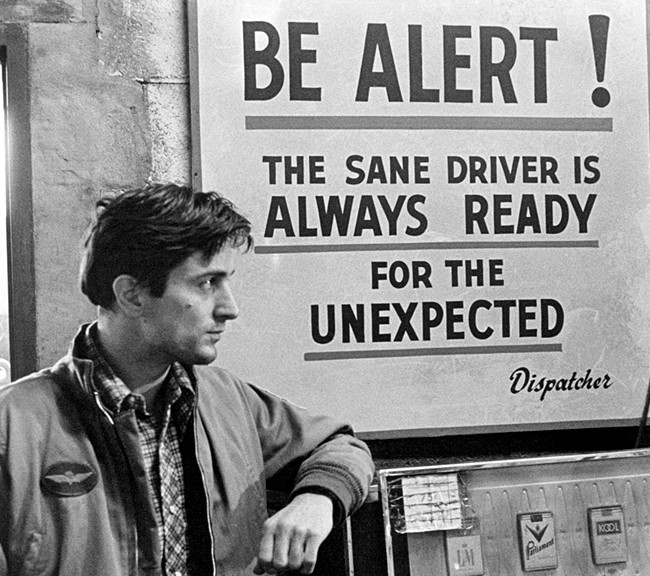Despite the fears of really brilliant people like Stephen Hawking, superintelligent machines aren’t likely to enslave or eradicate humans anytime soon. It’s not impossible that eventually brains can be put into machines (and vice versa), but none of us will be alive to see that day. Hopefully our descendants will make good decisions.
The more pressing problem is that Weak AI has a good chance over the next few decades to eliminate millions of solid jobs, and then what do all the truckers, cabbies, delivery drivers, front-desk people, bellhops, fast-food workers and others do? It’s been said that we should retrain them for positions that are more analytical and cerebral, but that’s easier said than done. Some will be left behind by the sweep of history. How many?
In Brian Fung’s smart Washington Post piece “Everything You Think You Know About AI Is Wrong,” the writer tries to identify the challenges ahead and the course we can take to meet them. An excerpt:
So who is going to lose their job?
Partly because we’re better at designing these limited AI systems, some experts predict that high-skilled workers will adapt to the technology as a tool, while lower-skill jobs are the ones that will see the most disruption. When the Obama administration studied the issue, it found that as many as 80 percent of jobs currently paying less than $20 an hour might someday be replaced by AI.
“That’s over a long period of time, and it’s not like you’re going to lose 80 percent of jobs and not reemploy those people,” Jason Furman, a senior economic advisor to President Obama, said in an interview. “But [even] if you lose 80 percent of jobs and reemploy 90 percent or 95 percent of those people, it’s still a big jump up in the structural number not working. So I think it poses a real distributional challenge.”
Policymakers will need to come up with inventive ways to meet this looming jobs problem. But the same estimates also hint at a way out: Higher-earning jobs stand to be less negatively affected by automation. Compared to the low-wage jobs, roughly a third of those who earn between $20 and $40 an hour are expected to fall out of work due to robots, according to Furman. And only a sliver of high-paying jobs, about 5 percent, may be subject to robot replacement.
Those numbers might look very different if researchers were truly on the brink of creating sentient AI that can really do all the same things a human can. In this hypothetical scenario, even high-skilled workers might have more reason to fear. But the fact that so much of our AI research right now appears to favor narrow forms of artificial intelligence at least suggests we could be doing a lot worse.•
Tags: Brian Fung

